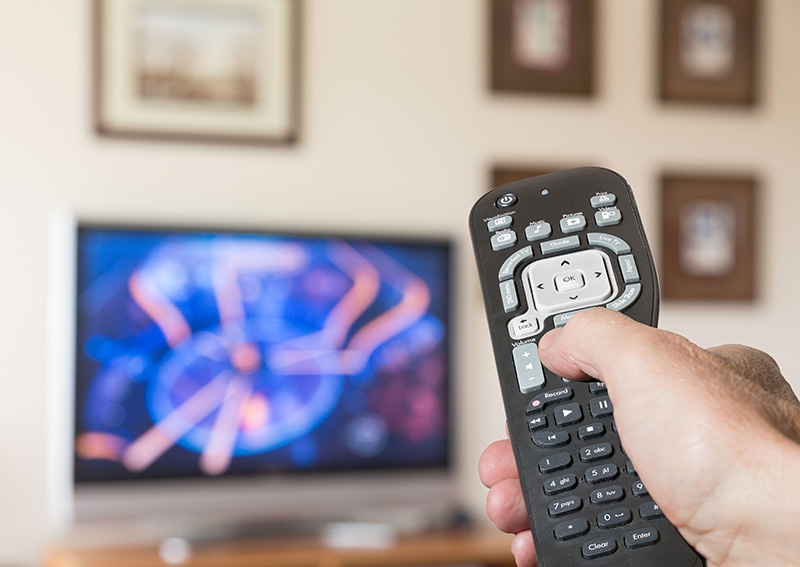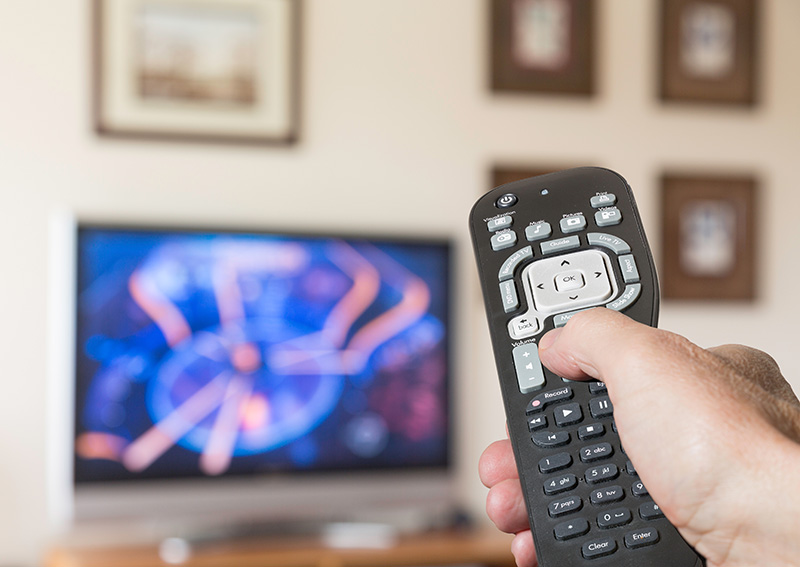This is a very basic guide to getting a better picture from your TV set. We’ll save the elaborate setup, which requires a test disc, for a later edition of the newsletter. Your TV may have different names for the controls, such as Sony's habit of calling Contrast 'Picture', but the procedure remains the same.

No matter what the age of your TV, the first thing you can do is determine if there is an automatic circuit that controls flesh tones, and turn it off. While these circuits are a convenience, they automatically convert any color that approaches Caucasian skin tone to a uniform shade of peach. This introduces fundamental inaccuracy in reproducing all the other colors in the spectrum. So find that control and turn it off. You may have to occasionally adjust the Tint (hue) control for skin tones when you change channels, but in my view that’s a small sacrifice to make in order to achieve fidelity of every other color.
The next step is to calibrate contrast (white level), black level (brightness), hue (tint), saturation (color), and sharpness. Most manufacturers set up new TV sets for an extremely bright, contrasty picture. They do this so the sets will look good in bright, fluorescent-lit stores where customers will choose the TV set with the brightest, high-contrast picture as being the “best.” Start by turning down the Color (saturation) control so you’re looking at a black and white picture. Now adjust the Brightness control so you can still see detail in white areas. Then play with the Contrast (white level) control so that blacks are truly black but there remains a bit of detail visible in shadow areas. You may have to go back and forth between these two controls until you get a satisfactory black and white picture. Now you can adjust the sharpness so you get sufficient detail but not so much that any video noise or grain is obtrusive.
Next, turn up the Color (saturation) so colors are natural and vivid but not excessive. Finally, readjust the Tint (hue) so the skin tones look natural. If you have done this successfully, your set should properly render the full range of human skin tones from ebony black, through chestnut, to dusky hues and every shade of pink.





